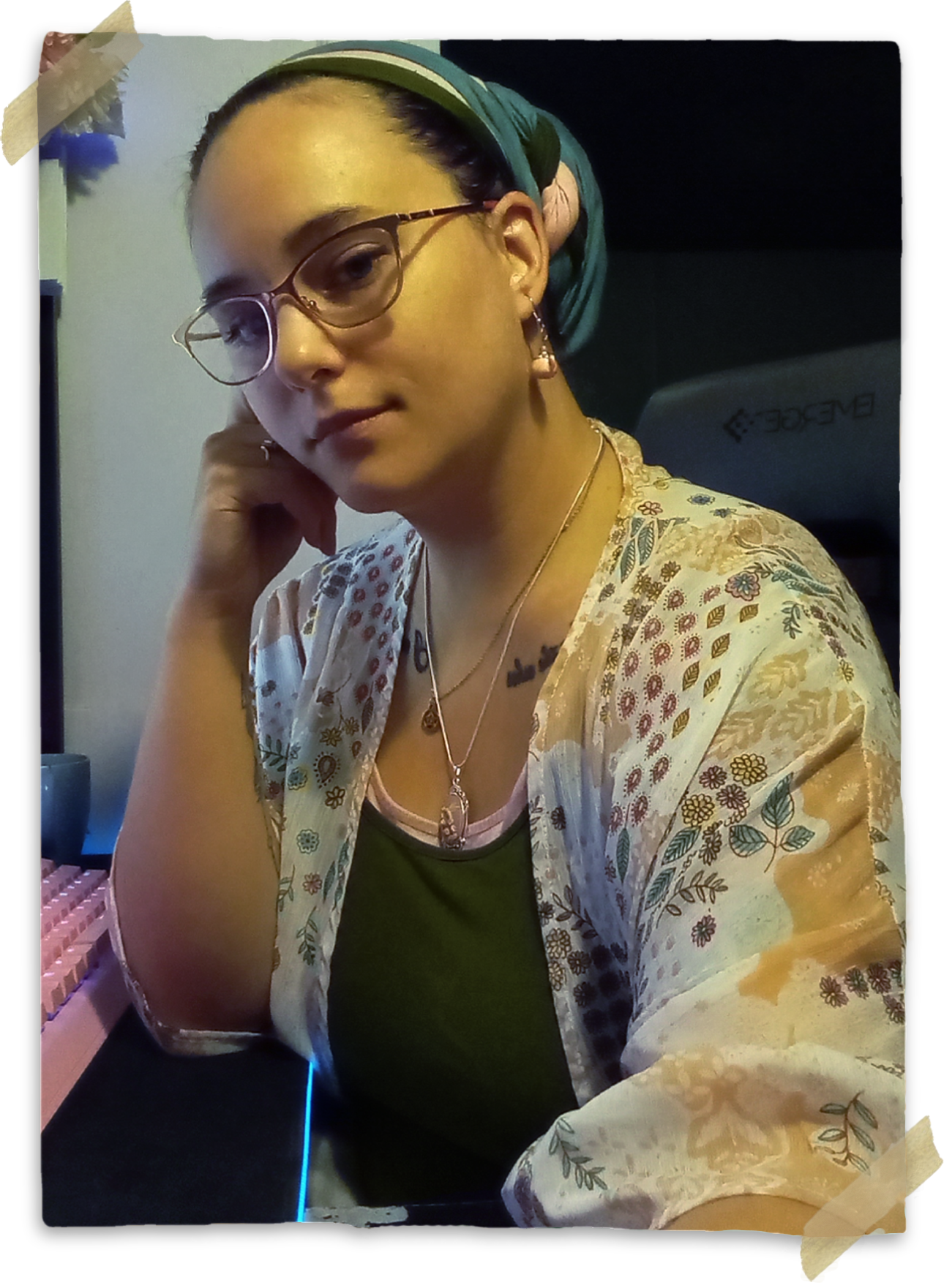Tomb of Kheper-Nebt
The Oracle of the Dead
Chief among the King Tombs, the Tomb of Kheper-Nebt is well known and easy to find; located on the bank of Lake Khonsu in Tolara's Chisisi Desert, it's the lagest structure visible in Baruti's waterfront Lake Sept. While the Tomb is easy to find, however, people are barred from entering any of the King Tombs on pain of death.
Tomb Layout
Hexagonal in shape, Kheper-Nebt's tomb is four stories and topped with a blue and silver dome, with each corner of the building carved into a thin pillar; several windows on the second and third floors, crossed with open stone lattice-work, allow for fresh air to enter the tomb.
Kheper-Nebt was an Ilerian Oracle who lived from 5814 to 5896- though he was not a member of the Saya Unal he became famous among his people during the events of the Red Schism, due to his ability to commune with the dead.
Passing naturally at age 82, in the city of Baruti, where his King Tomb is located, in death his Tomb has become a common pilgrimage site for the grieving.






















Comments
Author's Notes